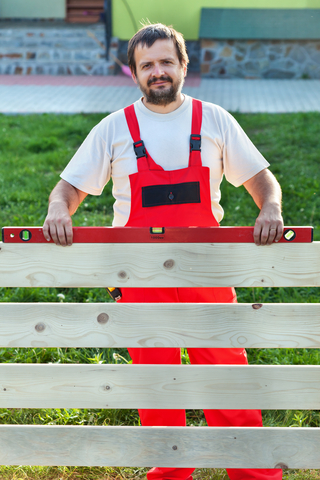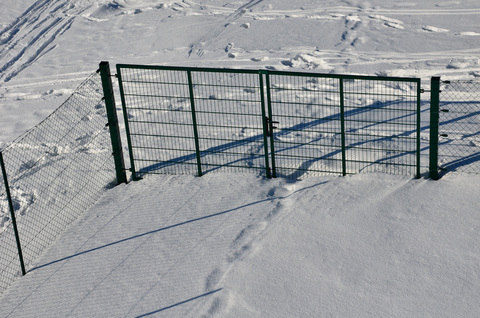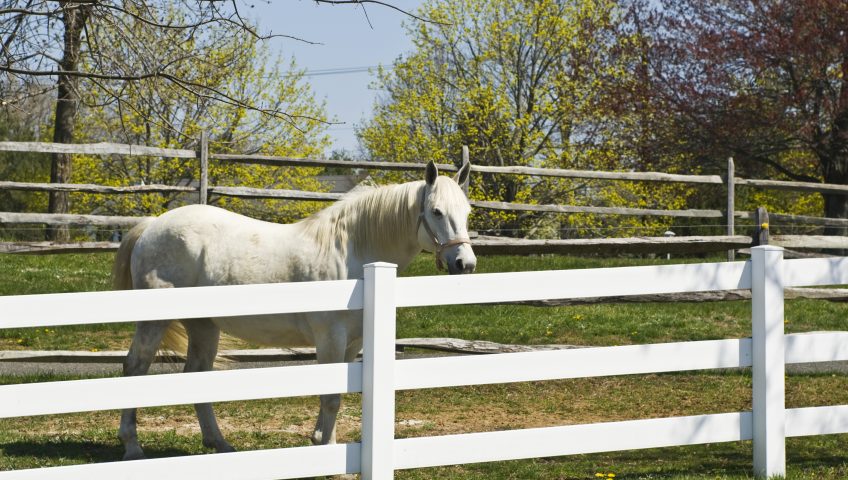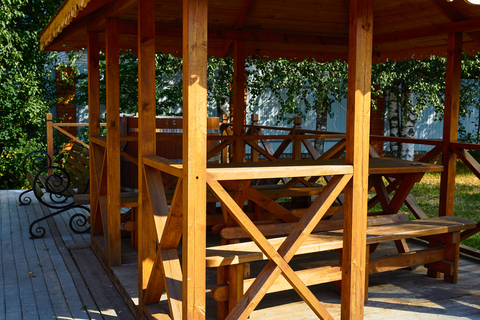Is It Time to Replace Your Garden Fence? 5 Tell-Tale Signs!
Published on 29 September 2023
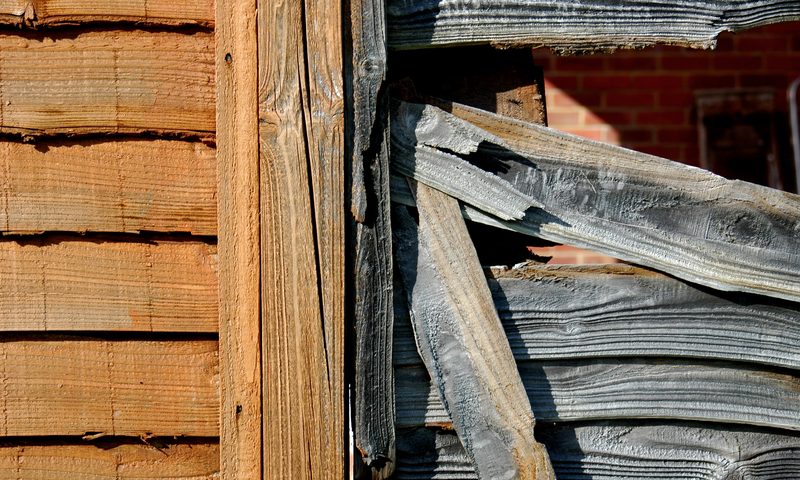
A wooden fence is more than just a boundary; it enhances your property’s privacy, security, and aesthetic appeal. Over time, even the best-maintained wood fencing succumbs to wear and tear. Recognising when to repair or replace your fence is essential to protect your investment and ensure your property remains safe and visually appealing.
This guide provides insights into the lifespan of a wooden garden fence, common issues to look out for, and how to make informed decisions about repairs or replacements.
How Long Does a Wooden Fence Last?
The lifespan of a wooden fence depends on several factors, including the type of wood, weather conditions, and maintenance practices. On average, a wooden fence wood will last between 10 to 15 years, though some high-quality, pressure-treated woods can endure for up to 25 years. Untreated or poorly maintained fences often degrade faster due to environmental exposure and neglect.
Factors Affecting Fence Longevity:
- Wood Type: Cedar and redwood last longer due to their natural resistance to decay, whereas pine may require more maintenance.
- Weather: Extreme weather conditions, such as heavy rains and harsh sunlight, accelerate wear and tear on fences of wood.
- Maintenance: Regular cleaning, staining, and repairs can greatly extend the life of your garden wood panels.
Key Signs Your Wooden Fence Needs Replacement
While regular maintenance can delay the inevitable, certain signs indicate it’s time to replace your wooden fence gate entirely.
- Decay and Rot
One of the clearest signs of a failing outdoor wood fence is rot. Rot typically starts at the base of the fence posts, where moisture accumulates. Left unchecked, rot can compromise the structural integrity of the fence in wood, making it unsafe.
- Warping, Splitting, and Cracking
Sun exposure, moisture, and fluctuating temperatures can cause fence pickets wood to warp, split, or crack. This not only diminishes its visual appeal but also weakens its ability to provide security and privacy.
- Loose or Missing Boards
If parts of your wood for gates or wooden fence panels are loose or missing, the fence’s stability is compromised. This is particularly concerning for families with young children or pets, as it reduces the enclosure’s safety.
- Pest Infestation
Pests such as termites and wood borers can severely damage a garden wooden boundary, leaving hollowed-out sections of wood. Regular inspections are crucial to catching infestations early.
- Weather’s Impact on Wooden Fences
Weather plays a significant role in the deterioration of wood for the fence. Rain promotes rot, snow and ice infiltrate wood fibres causing cracks, and intense sunlight dries out the wood, leading to splits. Coastal areas, where wind and salt are prevalent, can further stress the structure of your fence garden wood.
Investing in weather-resistant treatments can mitigate these effects. Sealing or staining your wooden fence annually adds a protective layer, shielding it from moisture and UV damage.
Why Safety Should Be a Priority
A failing wood fence and gate poses risks beyond aesthetics. Loose boards or weak posts can collapse, potentially injuring people or pets. Moreover, compromised wooden gates reduce security, making your property vulnerable to intruders.
There is a plethora of reasons as to why fencing your garden can be beneficial Families with young children and pets especially benefit from a sturdy, well-maintained outdoor wood fence that offers privacy and peace of mind.
Repair or Replace?
Deciding whether to repair or replace a wooden garden fence depends on the extent of the damage. Minor issues, such as a few loose boards or small cracks, can often be repaired. However, widespread rot, structural instability, or significant warping usually signals the need for a replacement.
When to Repair:
- Small areas of rot that can be treated with wood filler.
- Individual boards or posts are loose but not beyond salvage.
- Minor warping that doesn’t compromise the fence’s function.
When to Replace:
- Over 25% of the fence is damaged or missing.
- Posts are wobbly, indicating foundational issues.
- The cost of repairs approaches or exceeds the cost of replacement.
Choosing a Replacement Fence
When it’s time to replace your wooden fence, prioritise durability and design. Pressure-treated wood is an excellent option, as it resists decay and pests. Additionally, the style of the fence should complement your property’s aesthetics while meeting functional needs such as privacy and security.
For example, picket fences are decorative, while solid panel fences provide better privacy. Gravel boards can be added to protect the panels from ground moisture, prolonging their lifespan.
Installation Matters
How your wood for gates and fence panels are installed plays a critical role in their durability. Fence posts should be set at the correct depth, and high-quality fixings such as stainless steel screws should be used to prevent rust. Proper installation ensures that your fence withstands weather conditions and daily use for years.
Maintenance Tips for Prolonging Fence Life
Taking a proactive approach to maintenance can extend the life of your wooden fence wood. Here are some tips:
- Regular Cleaning: Remove dirt, mildew, and debris to prevent rot.
- Sealing and Staining: Apply a protective coating annually to shield the wood from moisture and UV rays.
- Inspect Frequently: Check for signs of damage, such as loose boards or pests, and address them promptly.
- Elevate Panels: Use gravel boards to prevent direct contact with soil, reducing moisture damage.
Why Act Now?
Ignoring the signs of a failing wooden fence can lead to increased repair costs and safety hazards. Prompt action not only restores your property’s security but also enhances its overall appearance and value. A well-maintained wooden garden fence adds charm and functionality to your outdoor spaces, making it a worthwhile investment.
A sturdy and attractive wooden fence is integral to your property’s appeal and safety. By recognising the signs of wear, performing regular maintenance, and acting promptly when replacement is needed, you can ensure your fence continues to serve its purpose effectively.
If you’ve noticed signs of decay, warping, or instability in your wood fencing, it might be time to invest in a replacement. Choose high-quality materials, prioritise professional installation, and follow best practices for maintenance to enjoy a long-lasting, beautiful garden wood panel fence.
Your fencing fantasies meet their ultimate destination at Linnel Bros
Transform your property with premium fencing supplies from Linnell Bros! Explore our wide range of wooden garden fences, wooden gates, and more, designed for durability and style. We proudly deliver across Northampton, Milton Keynes, Buckingham, and regularly within the M25 corridor and 125 miles of Silverstone. Enjoy free local delivery on orders over £500, ensuring top-quality fencing solutions reach your doorstep with ease. Whether you’re enhancing security or elevating your outdoor aesthetics, we’ve got you covered. Contact us today to place your order or learn more about our products. Choose Linnell Bros for superior fencing solutions!


